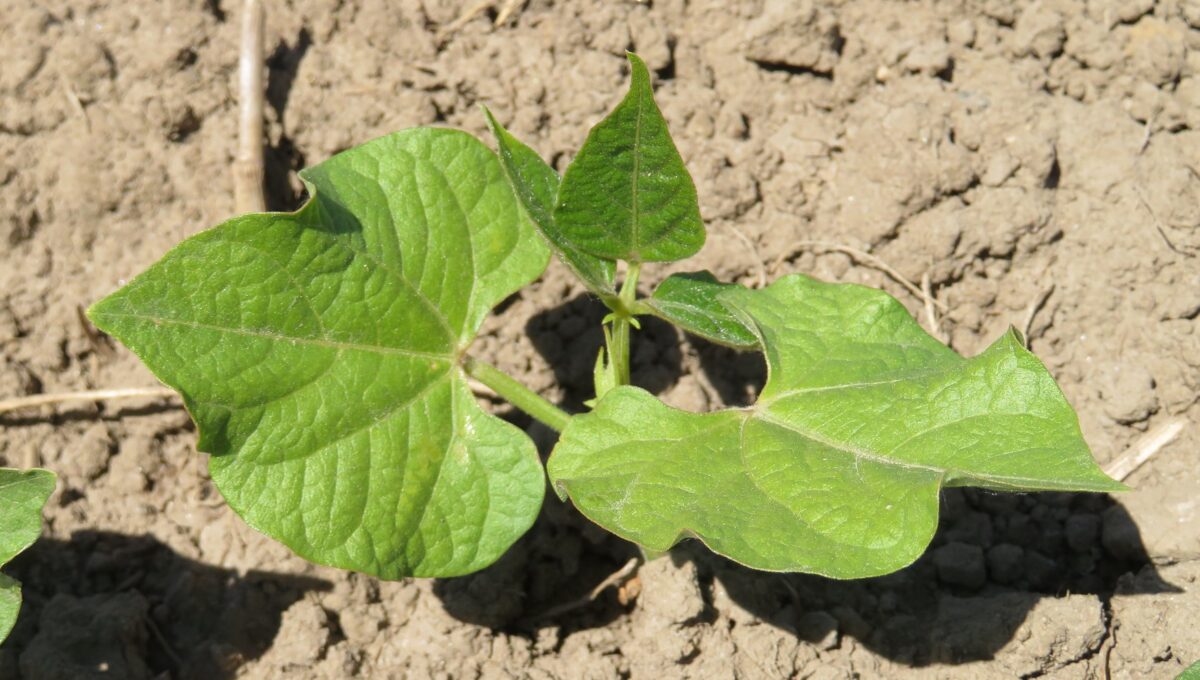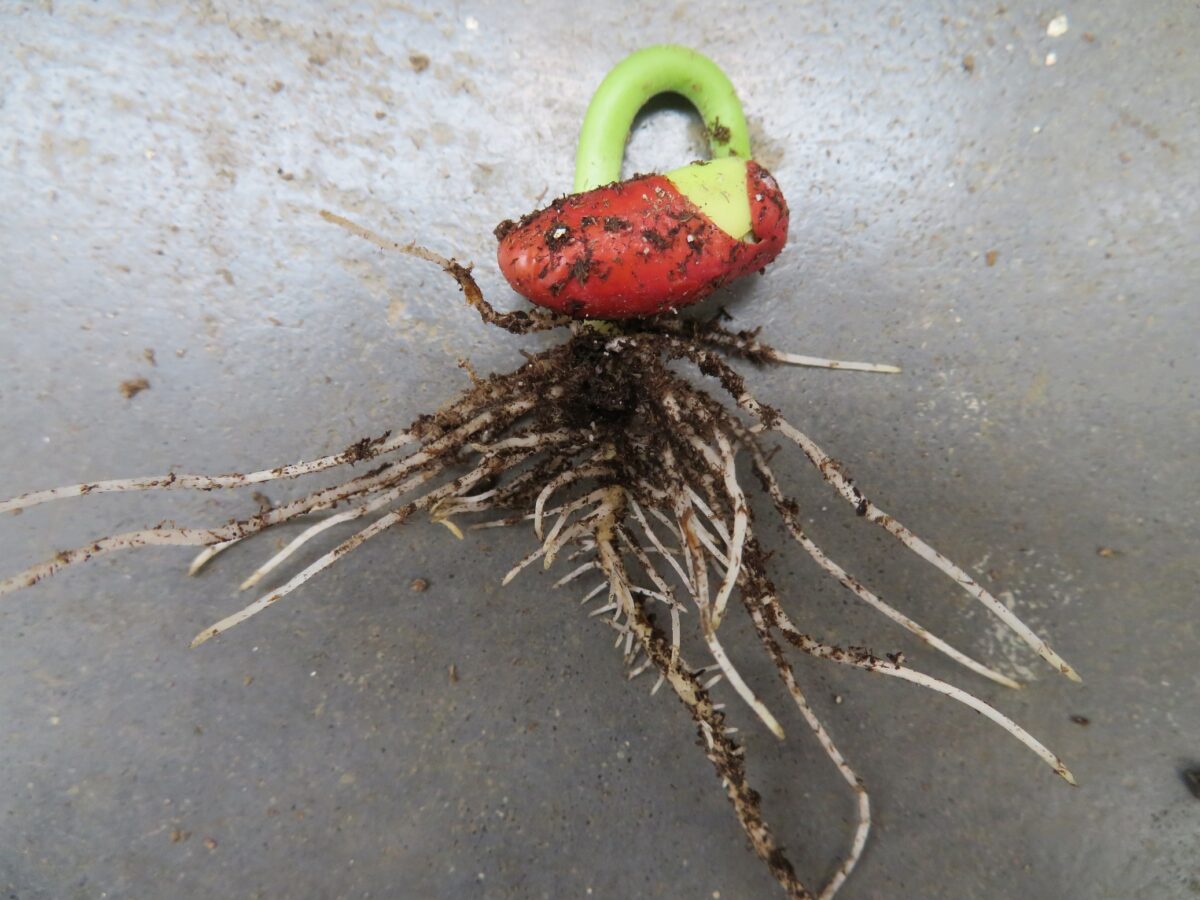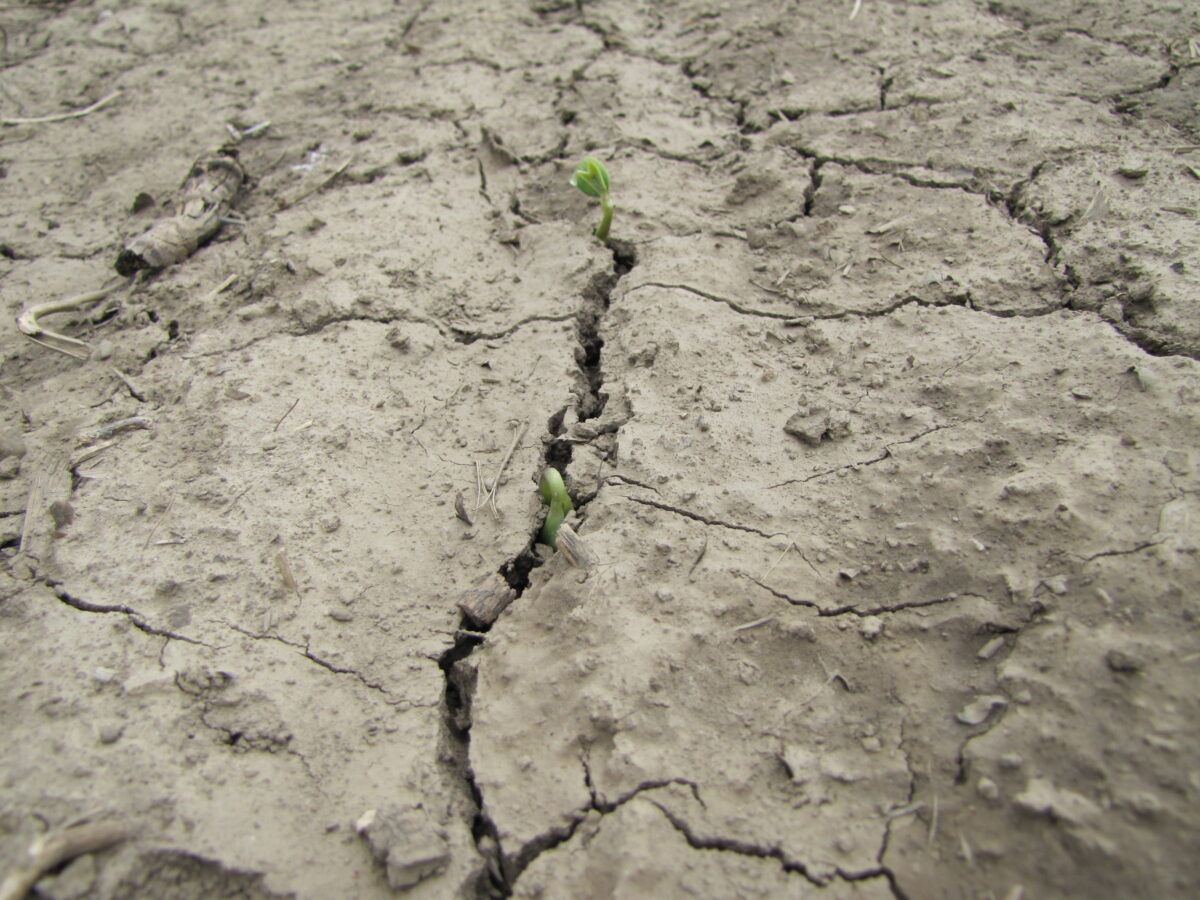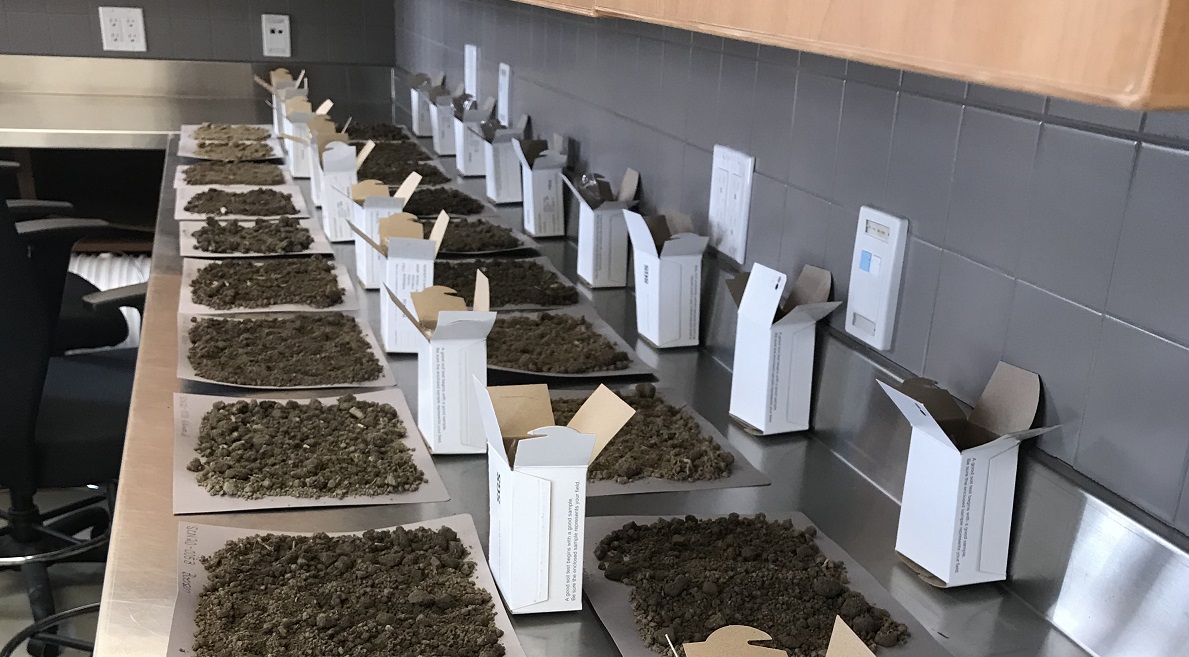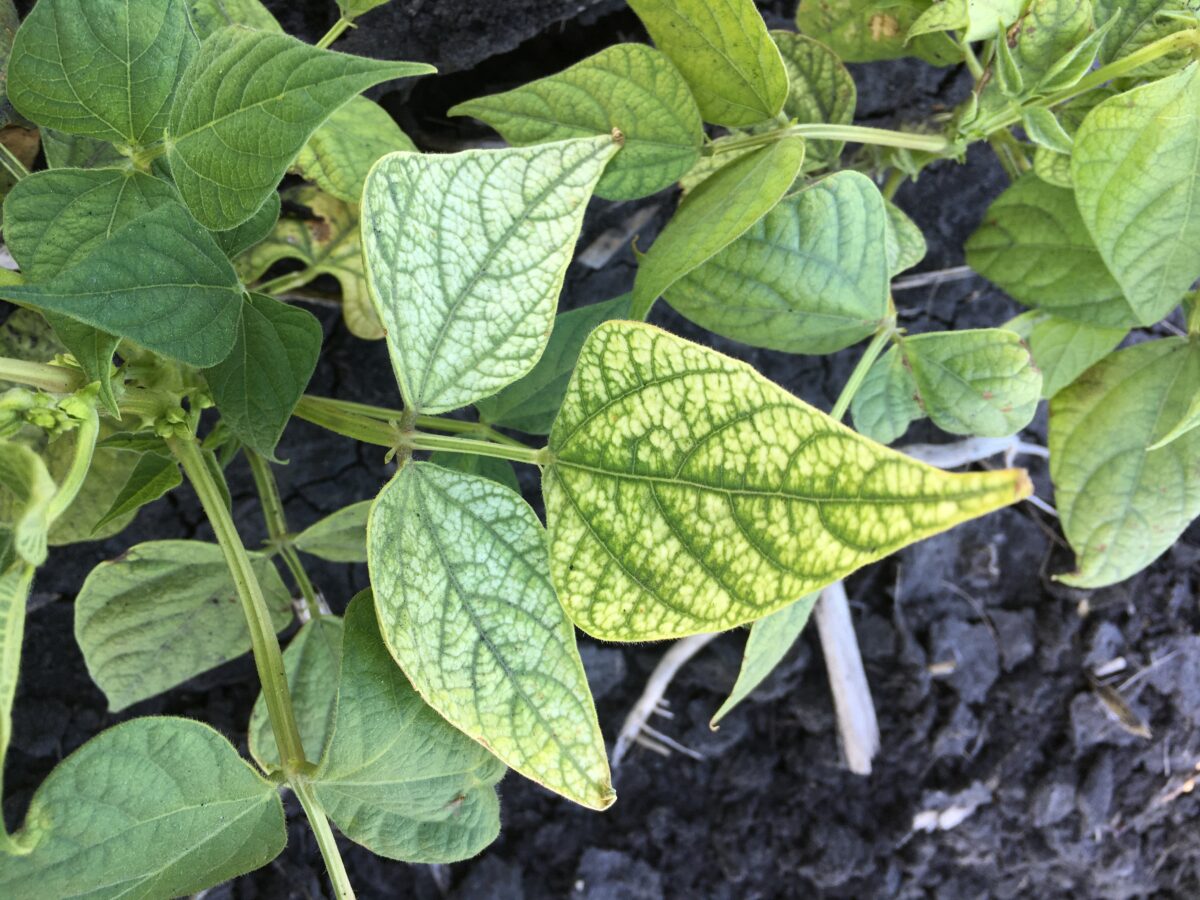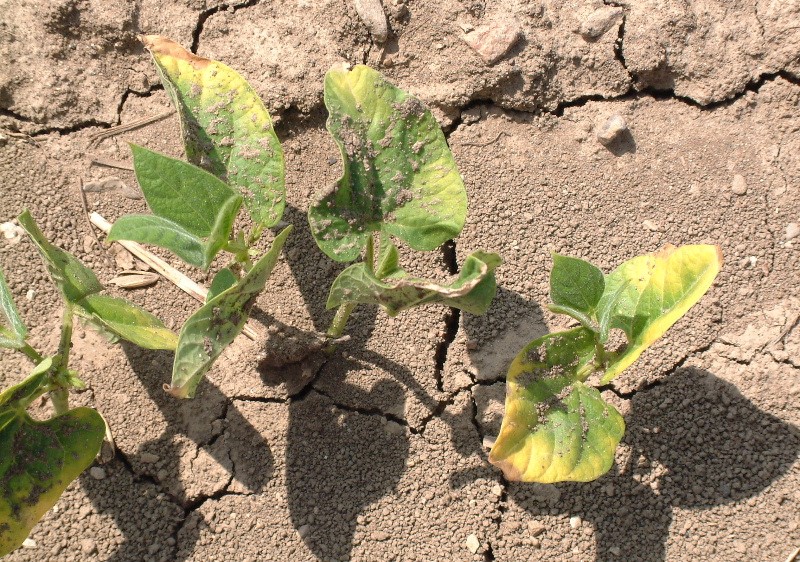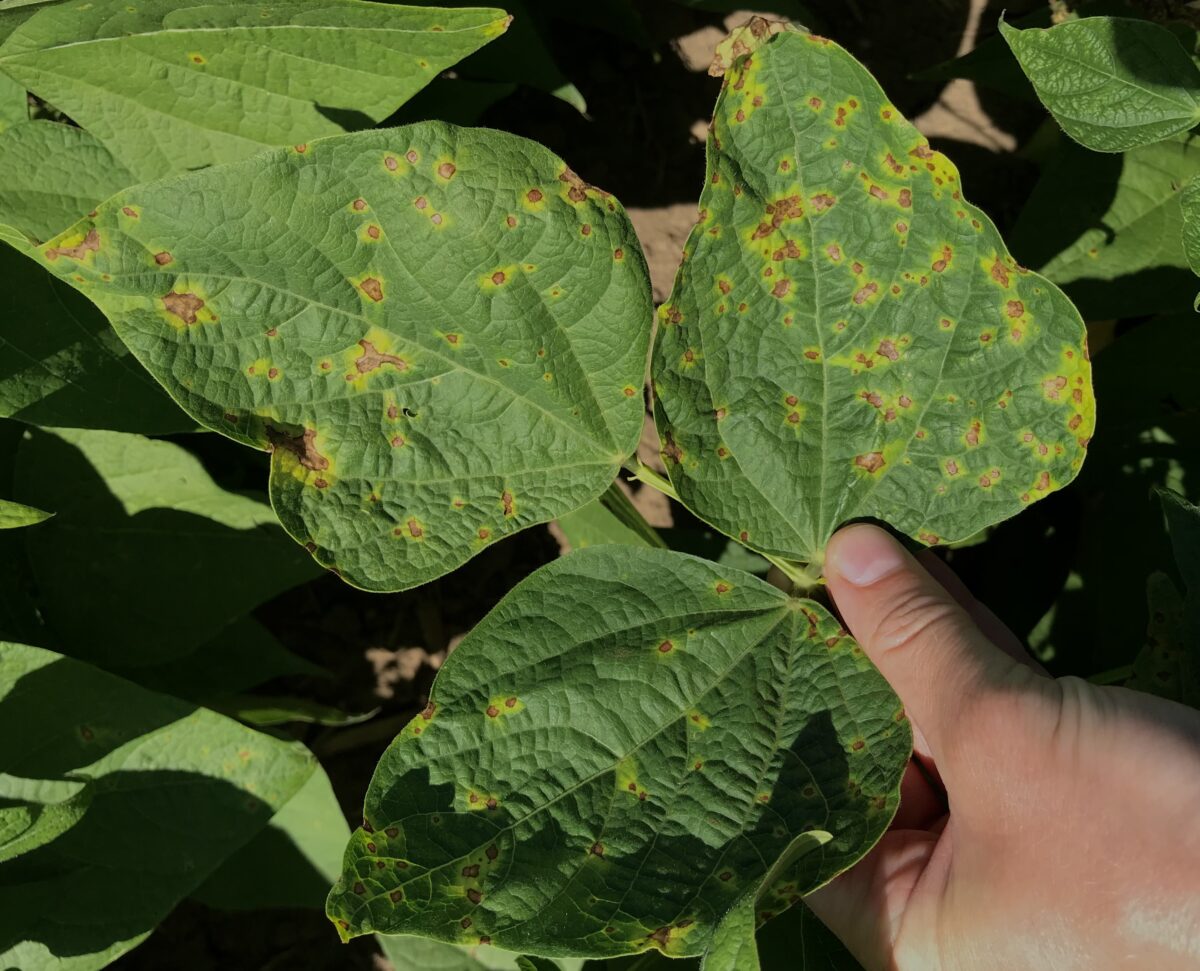Bean varieties are characterized by their growth habit. Indeterminate plants continuously grow and exhibit long vines. Most of the commonly grown bean types have a semi-determinate growth habit, meaning they continue to grow after flowering begins and develop short to long vines. Determinate types tend to flower and ripen over a short period. Determinate types…Continue readingPlant Development
Author: Ontario Ministry of Agriculture, Food and Rural Affairs
Laboratories are accredited by the Canadian Food Inspection Agency (CFIA). Laboratories marked with * are also accredited to test for seed purity. Canadian Seed Laboratories Ltd.* P.O. Box 217 208 St. David St. Lindsay, ON K9V 5Z4 Tel: (705) 328-1648 Fax: (705) 324-2550 Canadian Seed Laboratories Ltd. is also accredited to do some seed disease…Continue readingOntario Labs Offering Custom Seed Germination Testing
Phosphate and Potash
Phosphate and potash recommendations for dry edible beans are presented below in the tables below. Where soil fertility levels are adequate, dry edible beans show minimal response to starter phosphorous. Where potassium fertility is low, deficiency symptoms appear in white beans as yellowing of the lower leaves and necrosis on leaf margins. Dry edible bean…Continue readingPhosphate and Potash
Dealing with Soil Crusting
Pounding rains from thunderstorms can result in severe crusting on heavy soil types, or soils with poor aggregate stability, and can inhibit bean emergence, particularly if hot, dry conditions bake the soil surface. Soil loosening and aeration may be required. There is no advantage to waiting once a crust has been identified. Waiting may increase…Continue readingDealing with Soil Crusting
Nutrient Testing of Tissue and Soil
The OMAFRA-accredited soil-testing program provides assurance of appropriate analyses to support guidelines for nitrogen, phosphate, potash, magnesium, zinc and manganese fertilizer, along with parameters for the amount and type of lime to apply. The analytical methods used were chosen to provide accurate results on the range of soils found in Ontario. There is no formal…Continue readingNutrient Testing of Tissue and Soil
Boron
Beans are very sensitive to boron and should not be grown in a field where boron was applied to rutabagas, sugar beets or forages in the previous year. Boron is needed only in very small quantities, and since an overdose is toxic, take extreme care in its use. Boron deficiency has not been diagnosed in…Continue readingBoron
Zinc
Low zinc conditions may occur on low organic matter, compacted, sandy, very high pH and/or eroded soils. Deficiency symptoms may also appear when early growing season conditions are cool and wet. Zinc is not very mobile in plants so deficiency generally appears on new growth. Leaves will appear pale green between veins with yellowing of…Continue readingZinc
Manganese deficiency in dry edible beans has been diagnosed occasionally in Ontario. This problem is more likely to occur on muck soils or very sandy soils. Plants with manganese deficiency have pale green-to-white upper leaves. The veins of affected leaves will remain green. The pattern can appear similar to iron deficiency, but manganese deficiency occurs…Continue readingManganese
Group 15 (Dual, Frontier) Injury
Group 15 active ingredients commonly used for weed control in Ontario dry beans include S-metolachlor (Dual II Magnum) and dimethenamid-P (Frontier Max). Occasionally these products cause injury; injury is influenced by herbicide application rate and timing, soil crusting, seeding depth, weather conditions, and market class. Symptoms Herbicide is primarily absorbed through the elongating epicotyl/hypocotyl. Plants…Continue readingGroup 15 (Dual, Frontier) Injury
Common bacterial blight (Xanthomonas campestris pv. phaseoli) Halo blight (Pseudomonas syringae pv. phaseolicola) Bacterial brown spot (Pseudomonas syringae pv. syringae) Incidence Several different bacteria cause significant damage in dry edible beans. In Ontario, common bacterial blight (CBB) and halo blight have been the primary bacterial diseases but surveys in 2018 – 2019 have shown that…Continue readingBacterial Blights: Common Bacterial Blight (CBB), Halo Blight, and Bacterial Brown Spot (BBS)
